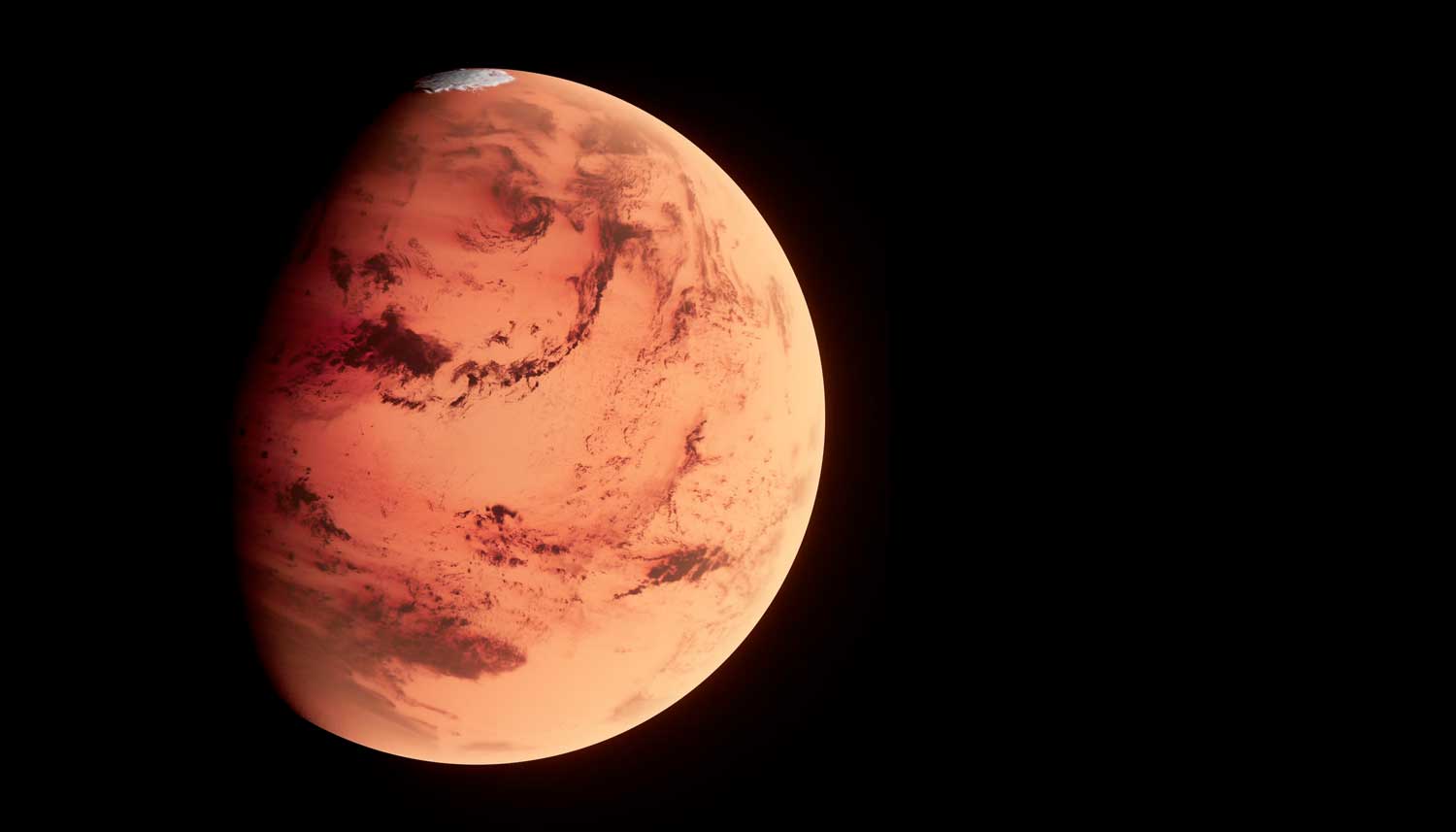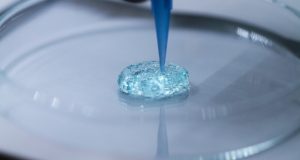Researchers have taken the first steps toward finding liquid solvents that could one day help extract key building materials from lunar and Martian rocks – an important building block to enable long-term space travel. Using machine learning and computational modeling, researchers at Washington State University have found about half a dozen good candidates for solvents that can be used to extract materials for 3D printing on the moon and Mars.
Led by Soumik Banerjee, associate professor in WSU’s School of Mechanical and Materials Engineering, the team used machine learning and computational modeling to identify about half a dozen potential solvents that can extract usable materials from lunar and Martian rocks for 3D printing. The results were published in the Journal of Physical Chemistry B.
The researchers focused on powerful solvents called ionic liquids, which are salts in the liquid state.
“The machine learning work brought us down from the 20,000-foot to the 1,000-foot level,” Banerjee said. “We were able to down select a lot of ionic liquids very quickly, and then we could also scientifically understand the most important factors that determine whether a solvent is able to dissolve the material or not.”
This research approach is of great importance to NASA as it aims to send humans back to the moon and then deeper into space, to Mars and beyond, as part of its Artemis mission. To enable such long-term missions, astronauts will need to utilize the materials and resources in these extraterrestrial environments by using 3D printing to extract structures, tools or parts from the essential elements mined from the lunar or Martian soil.
The extraction of these building materials must be environmentally friendly and energy efficient. The method for mining the elements must also not use water, which is not available on the moon. Ionic liquids, which Banerjee’s group has been studying for more than a decade for use in batteries, could be the solution.
Since testing each ionic liquid candidate in the lab is expensive and time-consuming, the researchers used machine learning and atomic-level modeling to select from hundreds of thousands of candidates. They looked for ones that could digest lunar and Martian materials, extract key elements such as aluminum, magnesium and iron, regenerate themselves and potentially produce oxygen or water as a byproduct to support life support.
“In situ resource utilization is a big deal over the next couple of decades for NASA,” said Banerjee. “Otherwise, we would need a terribly high payload of materials to carry from Earth.”
By identifying superior properties required by the solvents, the researchers were able to find around half a dozen very strong candidates. Key success factors included the size of the molecular ions that make up the salts, their surface charge density, which is the charge per unit area of the ions, and the mobility of the ions in the liquids.
Working with researchers at the University of Colorado in a separate study, the scientists tested some ionic liquids in the lab for their ability to dissolve compounds. They hope to eventually build a lab-scale or pilot-scale reactor and test good solvent candidates with lunar regolith-like materials.
Subscribe to our Newsletter
3DPResso is a weekly newsletter that links to the most exciting global stories from the 3D printing and additive manufacturing industry.























